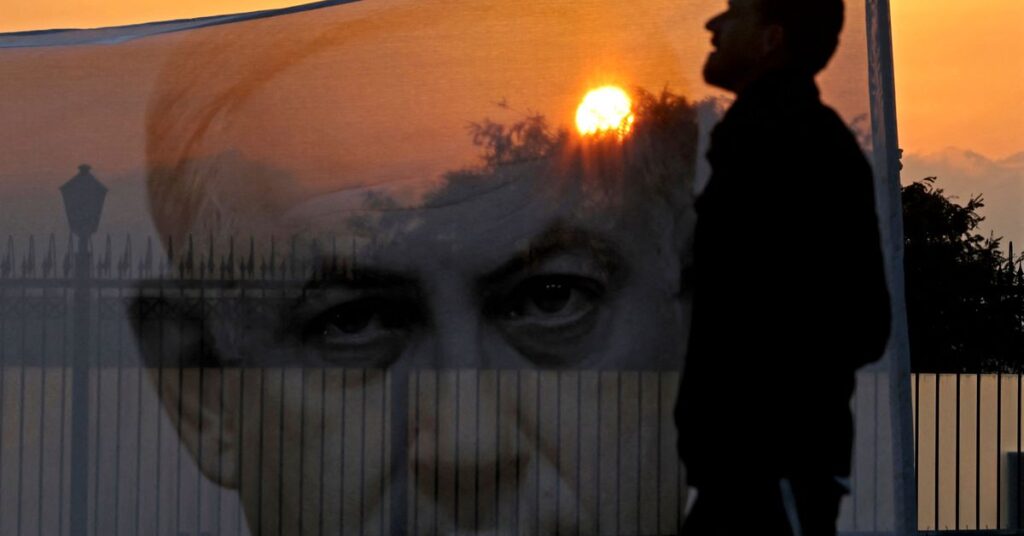Hundreds of thousands of Israeli protesters have been demonstrating against the extreme-right government of Prime Minister Benjamin Netanyahu since January. The protests have become some of the biggest in Israeli history and are drawing out the country’s most famous faces.
On Sunday more than 600,000 protesters turned out in defiance of his ultranationalist, illiberal government. This builds on two months of mass mobilizations across Israel that have been squarely focused on the Netanyahu government’s set of judiciary overhauls, which would weaken the independence of the country’s high court and create the conditions for unchecked majoritarian rule.
The impressive political mobilization — with a general strike and massive shutdowns across the country — came in response to Netanyahu’s firing Defense Minister Yoav Gallant on Sunday. Gallant had criticized the judicial overhaul. Demonstrators brought Israeli cities to a standstill. Airport departures, universities, and shopping centers halted in protest. The question is whether Netanyahu will postpone the parliamentary vote on the judicial overhaul till later this month and whether his coalition may hold in the meantime.
“This is not just another right-wing government,” says Yehuda Shaul, an Israeli activist and co-director of the think tank Ofek: The Israeli Center for Public Affairs.
The Israeli government is embarking on two revolutions at once, according to Shaul. “One is inside Israel: getting rid of any remains of checks and balances, independence of the judiciary, going full-blown illiberal democracy Orbán-style,” he told me, referring to Hungary’s prime minister. “Then there is the second revolution, which is the changes in the Israeli governance in the occupied territories, mainly in the West Bank. That is one word: annexation.”
Largely absent from the protests’ calls has been attention toward the already abysmal situation for Palestinian citizens of Israel and…
Read the full article here





